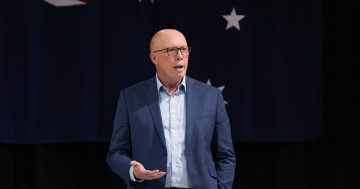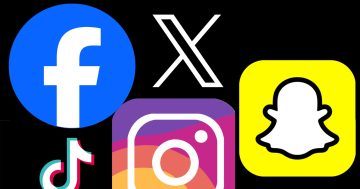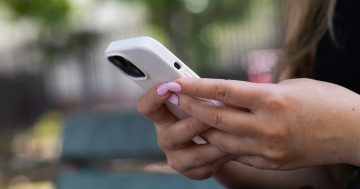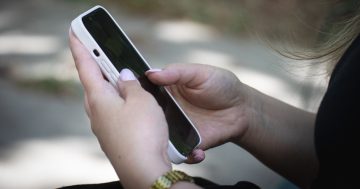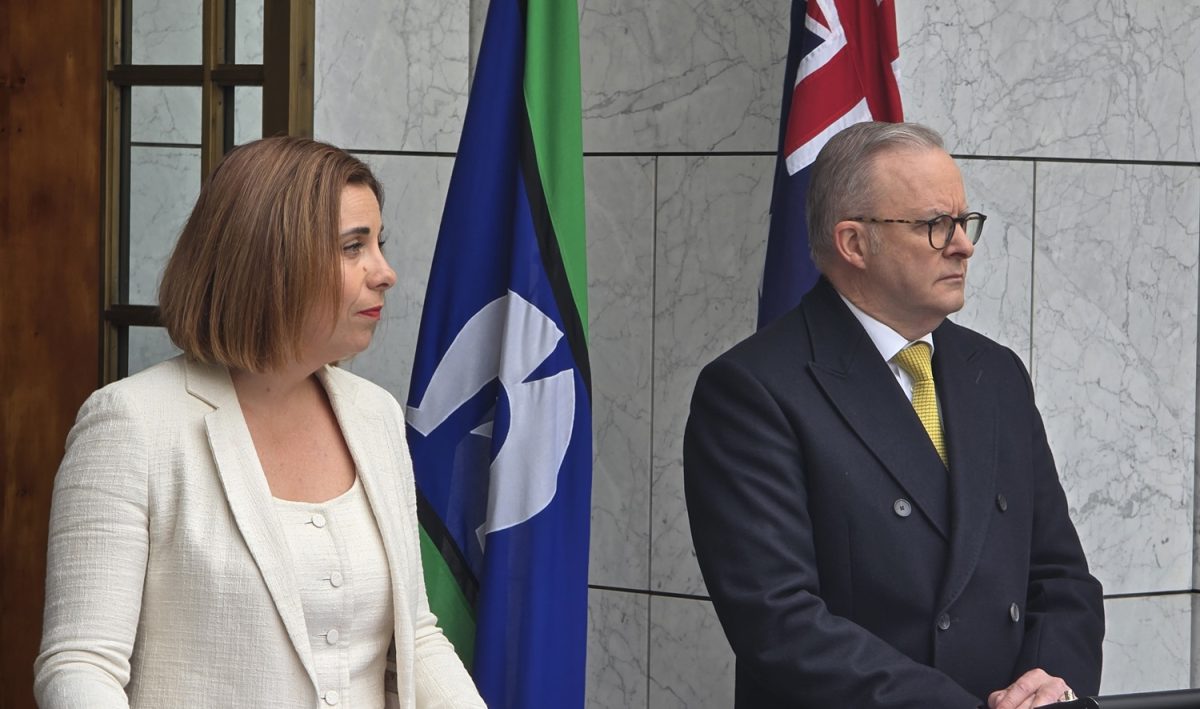
Communications Minister Anika Wells and Prime Minister Anthony Albanese explaining changes to the social media ban for under 16s. Photo: Andrew McLaughlin.
YouTube is to be included in the Federal Government’s social media ban for under 16s in a controversial move Labor insists is now necessary.
The online video sharing platform was deliberately exempted from the legislation when it was introduced last November, on the grounds that it was a useful education tool for children.
But on the advice of Australia’s eSafety Commissioner Julie Inman Grant, YouTube has been deemed to be just as potentially harmful for young people as X, Facebook, Instagram, TikTok and Snapchat.
YouTube Kids will remain exempt from the social media ban when the new laws kick in from December this year.
YouTube is fighting its inclusion in the ban, saying its platform is not even social media.
The Coalition is also crying foul over the move, saying Labor’s YouTube u-turn amounts to a broken promise to Australians.
Shadow communication minister Melissa McIntosh said the premise on which the legislation passed the parliament was that YouTube would be exempt.
She said Prime Minister Anthony Albanese and his new Communications Minister Anika Wells had some explaining to do.
“The Albanese Labor Government can change a Minister, but they cannot hide the fact they deliberately misled the public at the last election by promising to keep YouTube out of the social media age minimum,” Ms McIntosh said.
“The Prime Minister says he’s a man of his word, yet he continually says one thing and does another with broken promises on cutting power prices, housing targets, secret plans for higher taxes, and new social media.
“The Prime Minister and the Labor government reaffirmed YouTube’s exemption before the election. They gave YouTube an iron-clad guarantee they would remain exempt.
“It makes you question what has really changed behind the scenes in the government on this issue, and whether it was an election stunt.
“We are concerned that the eSafety Commissioner is testing boundaries which are moving beyond what Australians are comfortable with.”
Ms Wells said she was required by law to seek the eCommissioner’s advice and it was that YouTube should not be treated differently from other social media platforms.
She said four out of 10 Australian children reported that their most recent online harm was on YouTube.
The Minister said the government would not be intimidated by social media platforms.
“We want kids to know who they are before platforms assume who they are,” Ms Wells said.
“There is no one perfect solution when it comes to keeping young Australians safer online – but the social media minimum age will make a significantly positive difference to their wellbeing.
“The rules are not a set and forget, they are a set and support.
“There are heavy penalties for companies who fail to take reasonable steps to prevent underage account holders onto their services of up to $49.5 million.
“There’s a place for social media, but there’s not a place for predatory algorithms targeting children.”
The Prime Minister said the change was made in order to help make children safer and to give parents support.
“Our Government is making it clear – we stand on the side of families,” Mr Albanese said.
“Social media has a social responsibility and there is no doubt that Australian kids are being negatively impacted by online platforms so I’m calling time on it.”
YouTube issued a statement saying the government’s announcement reverses a clear, public commitment to exclude YouTube from the ban.
It is considering its next move while also committing to keep engaging with the government on the issue.
From 10 December 2025, all services that meet the definition of “age-restricted social media platform” in the Act, and are not excluded in the rules, will be subject to the social media minimum age law.
La Trobe University’s School of Education professor, Therese Keane, noted that YouTube was originally created as a platform to allow individuals to easily upload, share, and view videos, aligning with the founders’ vision of an online video-sharing service.
“It was never intended to be an educational tool,” Professor Keane said.
“Schools provide a structured and supervised environment where students can safely explore and learn about digital technologies.
“Within this controlled setting, students have the opportunity to develop critical digital literacy skills, such as evaluating online information, protecting their privacy, and understanding the ethical implications of technology use.
“Equipping students with these skills is essential, as it enables them to navigate the digital world responsibly, make informed decisions, and engage safely and effectively in increasingly technology-rich environments both in and beyond the classroom.”
Original Article published by Chris Johnson on Region Canberra.


